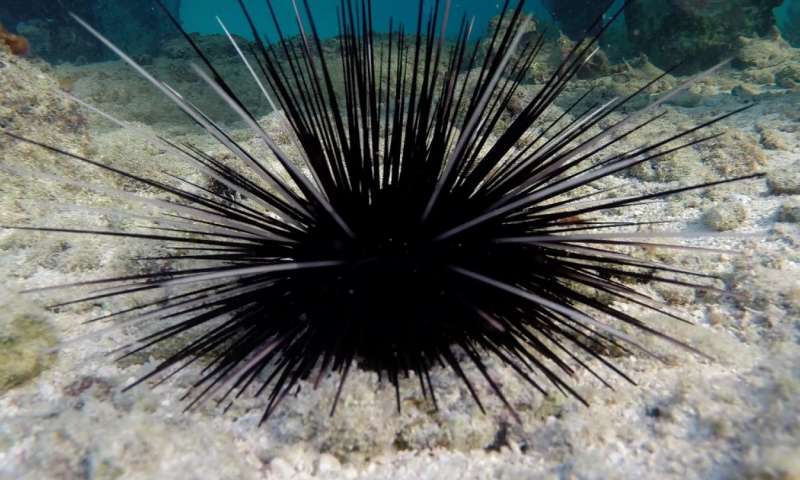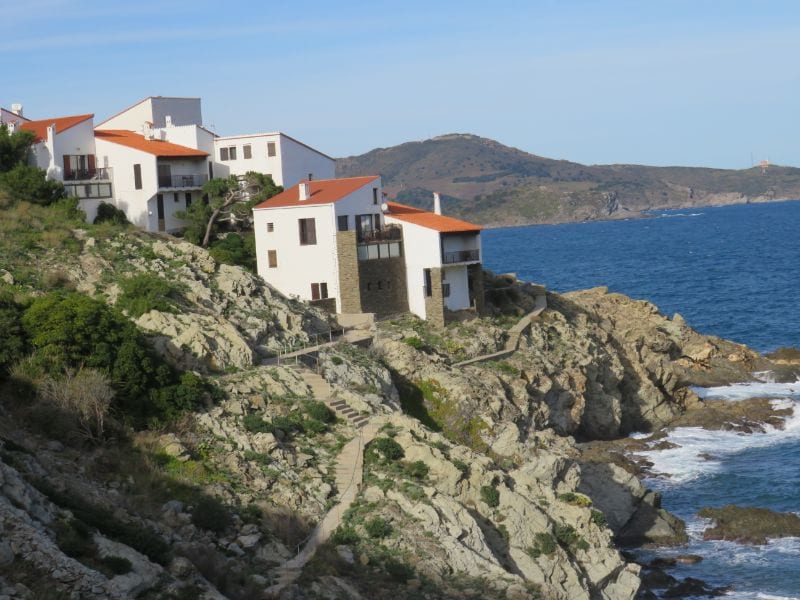Sea Urchins
Aie aie aie!
If you’ve had the misfortune to accidentally step on a sea urchin (oursin) on bare footed paddles in the sea, you will be very aware how painful it can be. Though not actively aggressive, sea urchins have two defences to protect them from predators; long, venomous spikes that can puncture skin, and ‘pedicellariae’, forceps-like jaws that release venom. Ouch! However, the good news is that you can get your own back – by eating their gonads!

Revenge is Sweet
Hidden away under that thorny exterior lies a delicate, subtle, fresh-from-the-Med taste, sometimes compared to oysters. Eat them raw, with a spoon, straight out of the sea, maybe with a drizzle of lemon if you happen to take one to the beach, or check out the coastal tourist offices for an ‘oursindade’, a communal and convivial sea urchin fest held in many resorts along the coast. Look out for them too on the menu of specialist fish restaurants, ask for ‘uni’ in sushi restaurants – or why not save yourself a euro or two and dive for them yourself?
On the Rocks
Sea urchins have small tube feet that allow them to cling to rocks, so you’ll usually find them in the shallows of rocky coastal areas. Our own ‘Cote Rocheuse’ from Collioure to Cerbère and beyond is a perfect hunting ground. As well as your mask, snorkel and flippers, take a knife or gloves to help pry them from the rocks. Choose those with hints of red, green or purple rather than pitch black in colour. Bon app!

Healthy
Rich in protein and dietary fibre, minerals, and Beta Carotene, high in Vitamins C and A, usually found in dark leafy greens, and high in omega-3 fatty acids.
Did you know?
– Sea urchins live around 50 to 100 years.
– The word ‘urchin’ comes from Old French herichun meaning hedgehog (Modern French – hérisson)
– Sea urchin or ‘uni’ is considered an aphrodisiac in Japan.
